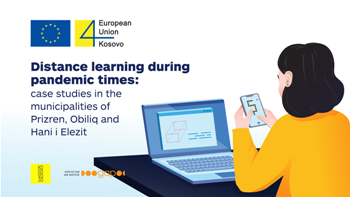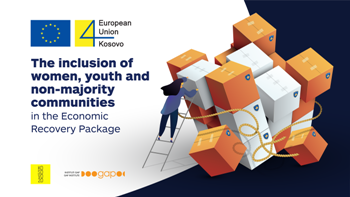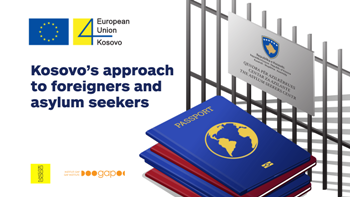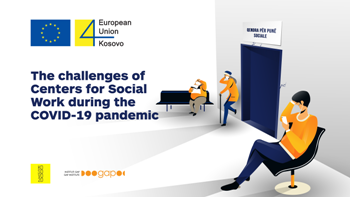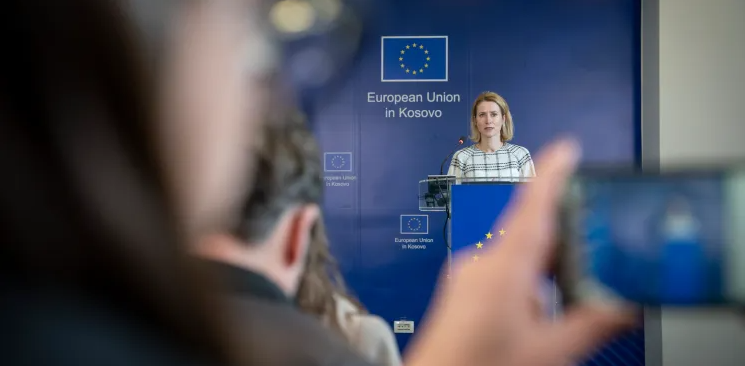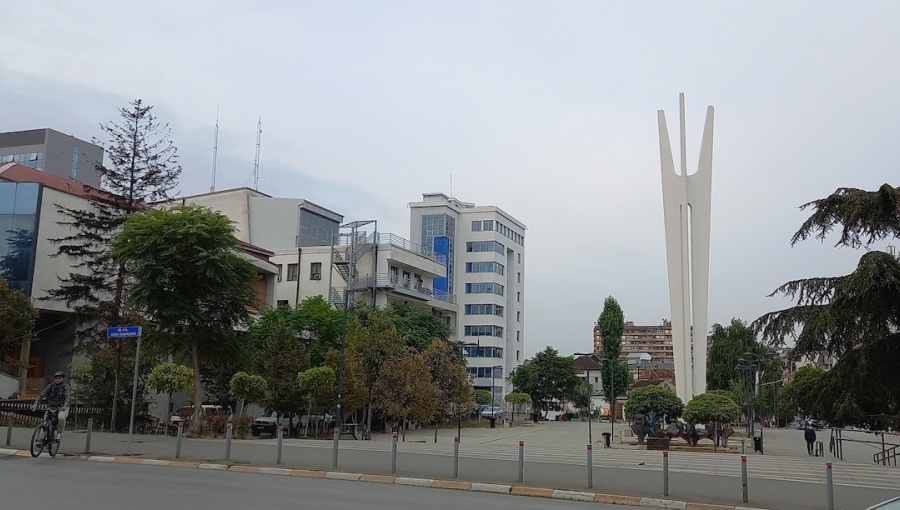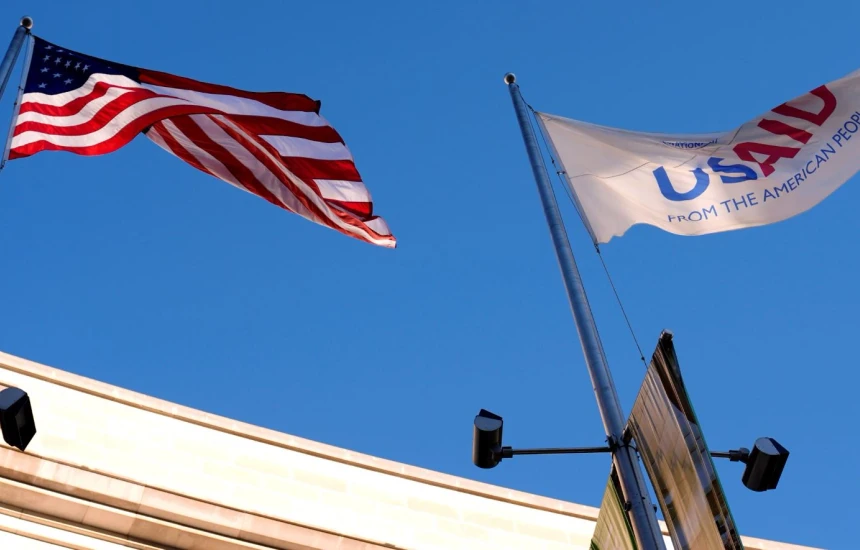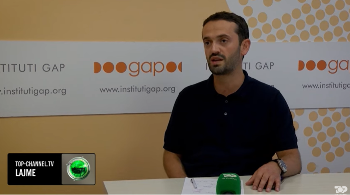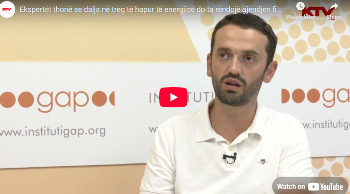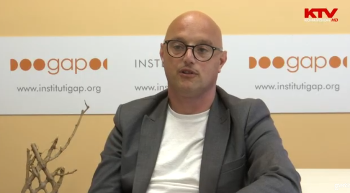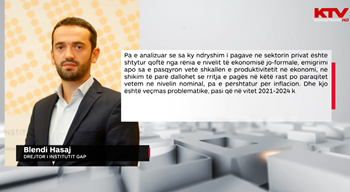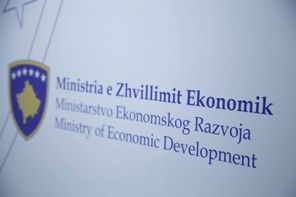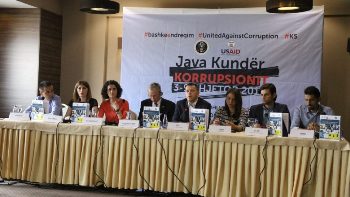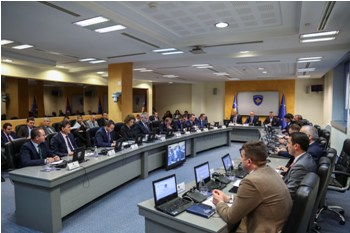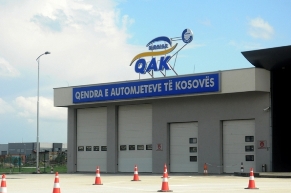GAP Institute organized a media conference titled “The situation of milk producers and processers”
23/03/2016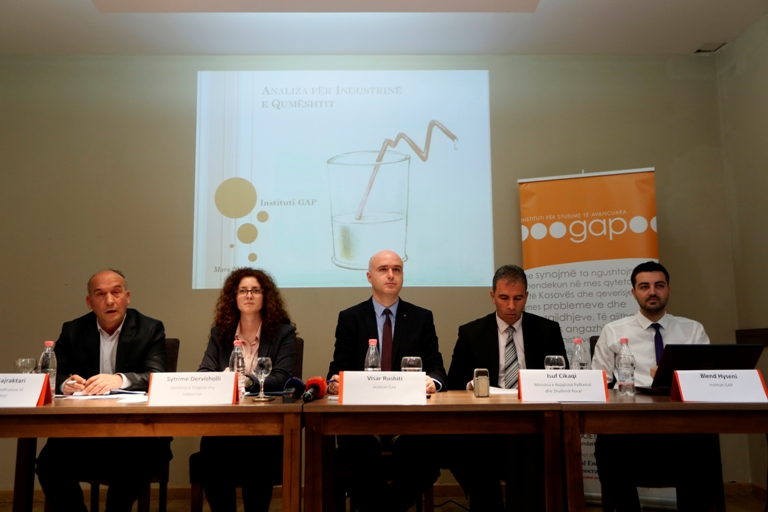
Today GAP Institute organized a media conference titled “The situation of milk producers and processers”. In this conference, GAP also presented the Analysis of Milk Industry.
As a sector of special importance, milk sector employs a large number of farmers. GAP Institute in its analysis focused on the problems local milk producers and processers face, through questionnaires for every part of the chain value in this industry. Based on these questionnaires and official data from the Ministry of Agriculture, Forestry and Rural Development (MAFRD), Ministry of Trade and Industry (MTI), Kosovo Agency of Statistics (KAS) and Kosovo’s customs, GAP Institute has found that the two economic policies currently in use have not been effective because they have not increased the number of dairy cows and have not increased the quality of the milk produced. On the other hand, the import in this sector has continued to increase, in most of the cases through informal means. Some of the other problems identified in this sector are: accessing finances, low efficiency in production, lack of product diversification etc.
Mr. Isuf Cikaqi, from MAFRD, promised that his ministry will continue to support this strategic sector for Kosovo. However, regardless of the findings of GAP Institute that the current policies are not effective in increasing milk production and its recommendation to subsidize production, Mr. Cikaqi stated that MAFRD will continue to subsidize per cow. He justified this method as the best method to be monitored and implemented from MAFRD given its budgetary capacities. Moreover, Mr. Cikaqi said that they did not receive any request to change this method after they talked to the associations of milk producers and processers. For this year, MAFRD has foreseen around 6 million euro for subsidies in this sector and around 2 million for grants.
Mr. Naser Bajraktari, from the Association of Milk Producers, to illustrate the growth of this sector stated that after humble beginnings of this association, its members’ list amounts to 2500 farmers that produce 200 liters of milk each day. As for the increase of the milk quality, Mr. Bajraktari said that the contracts of some producers have not been recognized from MAFRD in 2015, but for 2016, this ministry has promised that it will recognize these contracts for subsidies based on the milk quality. Mr. Bajraktari emphasized the importance of inserting milk collectors in grant schemes, considering that they are a very important part of the milk production value chain.
Ms. Sytrime Dervisholli, from MTI, also agreed to the special importance of this sector. She said that MTI has taken it very seriously, making it a discussion point of the Inter-institutional Committee, working groups and even of the National Council for Economic Development. As for the findings of GAP Institute, Ms. Dervisholli stated that under the Law for protective measures against import and that of anti-dumping, they were not allowed to undertake anything, because there were no violations of these laws. MTI came to this conclusion after a detailed investigation. Ms. Dervisholli also pointed out that even under SAA the products coming from this sector are considered as sensible products; thus, they are protected from liberalization.
In the end, the presentations were followed by an interactive debate, where the measures taken from MTI for the identified violations and better methods to increase milk productivity were discussed.
Click HERE to read the full analysis.
